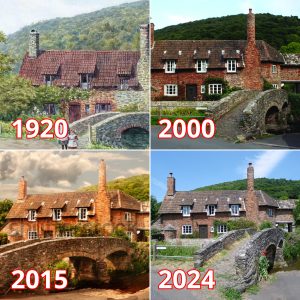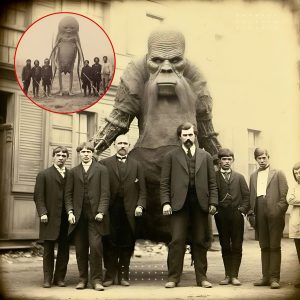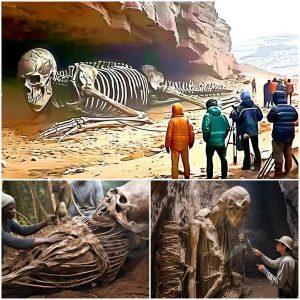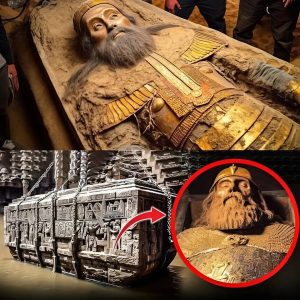
The charming village of Allerford, nestled in the heart of Somerset, is home to the picturesque Grade 2 listed 16th century packhorse bridge. This historical structure has been a beloved landmark for centuries, capturing the imagination of artists and visitors alike. Among those enchanted by its beauty was Alfred Robert Quinton, who immortalized the bridge in a painting in 1920. Comparing Quinton’s depiction to the present-day bridge reveals a fascinating journey through time, highlighting both the enduring charm and subtle changes of this quintessentially English scene.
Then: Alfred Robert Quinton’s 1920 Painting
Alfred Robert Quinton, renowned for his idyllic landscapes and architectural paintings, captured the essence of the packhorse bridge in Allerford with remarkable detail and sensitivity. In his 1920 painting, the bridge is depicted in a serene, pastoral setting, surrounded by lush greenery and the tranquil waters of the River Aller. Quinton’s use of soft colors and gentle brushstrokes conveys a sense of timeless beauty and rural tranquility.
The bridge itself, with its characteristic arch and stone construction, stands as a testament to the craftsmanship of the 16th century. Quinton’s painting also features elements of daily life, such as villagers going about their routines, adding a layer of historical context and charm. The packhorse bridge was a vital part of the local infrastructure, enabling the transport of goods and livestock across the river, and Quinton’s work captures this sense of functional beauty.
Now: The Packhorse Bridge Today
Today, the packhorse bridge in Allerford remains remarkably well-preserved, retaining much of its original character and charm. The structure’s stone arch and construction continue to stand strong, a testament to the durability and skill of its builders. Modern visitors to the village can still walk across the bridge and experience the same sense of historical continuity that Quinton captured over a century ago.
While the surrounding landscape has inevitably evolved, with some modern amenities and changes in vegetation, the overall scene remains largely unchanged. The River Aller still flows gently beneath the bridge, and the village maintains its quaint and picturesque appearance. The bridge, now a Grade 2 listed structure, is protected for its historical and architectural significance, ensuring its preservation for future generations.
In comparison to Quinton’s painting, today’s bridge scene might feature fewer villagers on foot and more tourists with cameras, but the essence of the place—the peaceful, rural atmosphere—remains intact. This continuity is a testament to the community’s dedication to preserving its heritage while adapting to the present.
A Timeless Symbol of Rural England
The 16th century packhorse bridge in Allerford serves as a timeless symbol of rural England, bridging the past and present. Quinton’s painting from 1920 and the modern-day view both capture the bridge’s enduring appeal and historical significance. This structure not only represents a piece of architectural history but also tells the story of a community that values and preserves its cultural heritage.
As visitors stroll across the bridge today, they are walking in the footsteps of countless others who have done so over the centuries, experiencing a tangible connection to history. The packhorse bridge remains a cherished landmark, embodying the beauty and resilience of Somerset’s rural landscape.
Conclusion
The Grade 2 listed 16th century packhorse bridge in Allerford, as depicted by Alfred Robert Quinton in 1920 and seen today, illustrates the enduring charm and historical significance of this iconic structure. Through careful preservation and appreciation, the bridge continues to be a symbol of the village’s rich heritage, inviting visitors to step back in time and appreciate the beauty of rural England. Whether through the lens of Quinton’s painting or a modern-day photograph, the bridge stands as a timeless testament to the artistry and craftsmanship of the past





